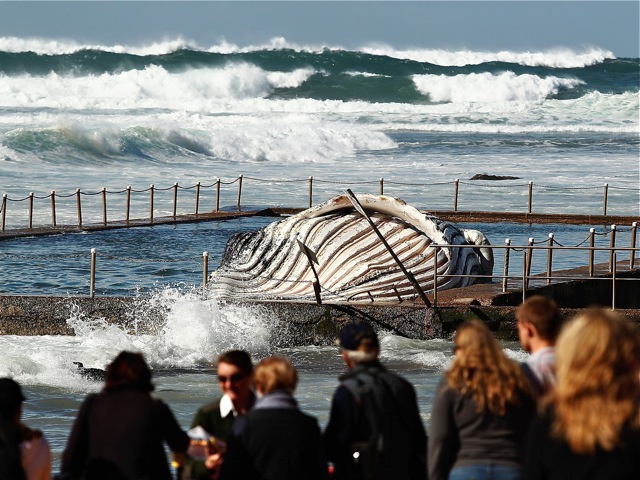New Research Probes Increased Whale Strandings
While over the past 20 years only about 5 strandings have been recorded per year, there were 25 strandings recorded last year alone.

The carcass of a male sub-adult humpback whale washed up at New Port Beach overnight on Aug. 1, 2012, in Sydney, Australia. Brendon Thorne/Getty Images
|Updated:






